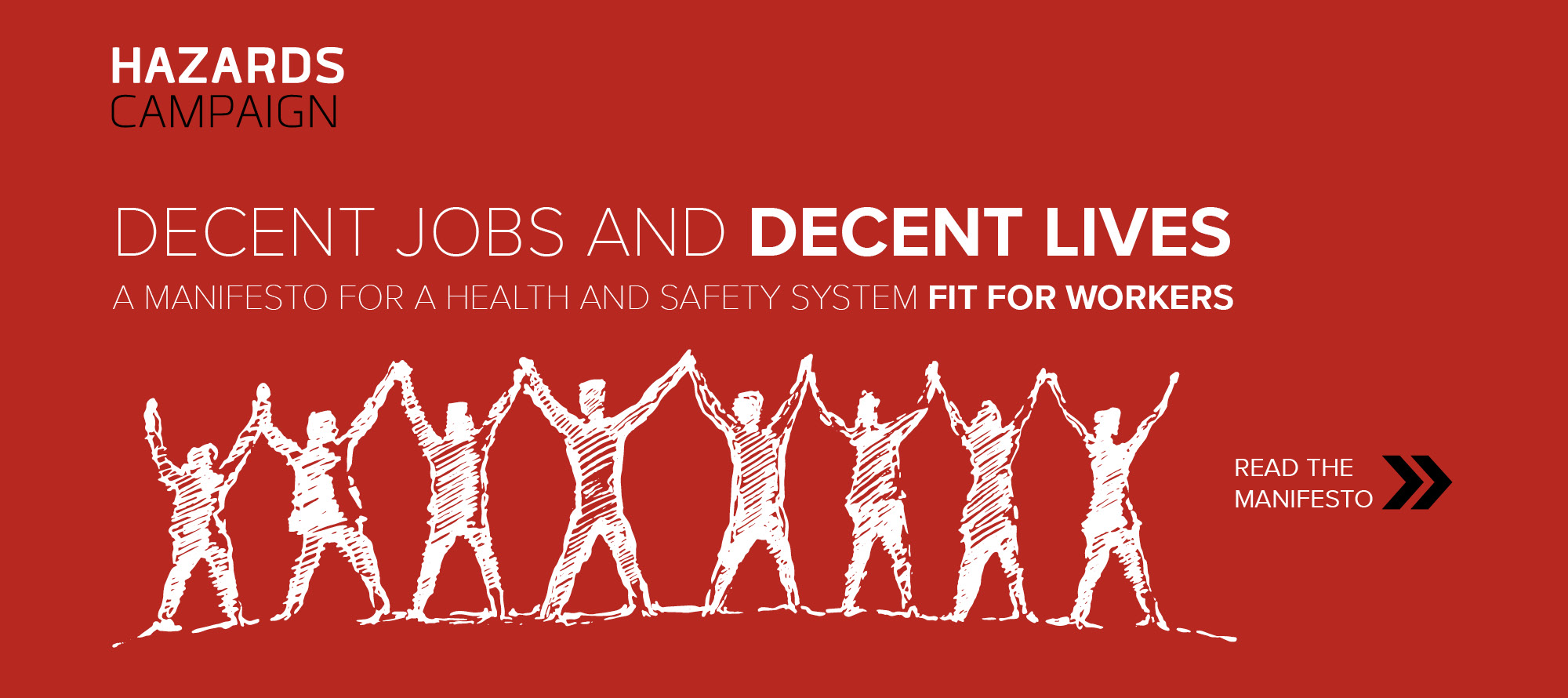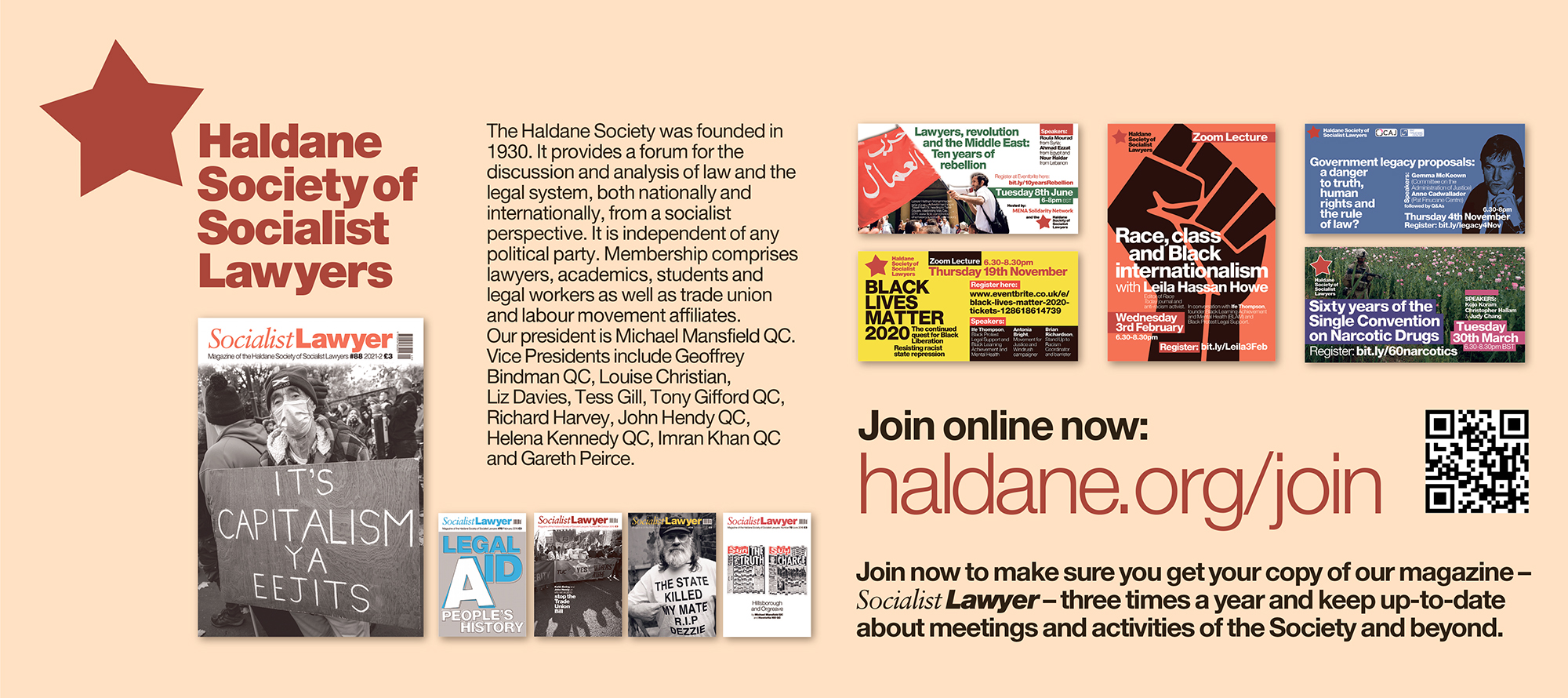World of work ‘has returned to pre-industrial era’, says Bank of England economist
23 June 2017 The world of work has returned in character to that of the pre-industrial era, Bank of England economist Andrew Haldane noted in a speech in Bradford on Tuesday (20 June 2017).
23 June 2017
The world of work has returned in character to that of the pre-industrial era, Bank of England economist Andrew Haldane noted in a speech in Bradford on Tuesday (20 June 2017).
Lower levels of unionisation and higher levels of self-employment are a noteable trend in the modern workforce, and are similar to conditions in the period 1500-1750 he said, adding that this is likely to be a leading caused behind the decline in wage growth in recent years. Indeed, in both today’s data and pre-1750 data, employment levels and wage growth appear decoupled, with higher numbers of people in jobs not appearing to result in a raise in pay.
Indeed, recent OECD figures revealed that UK workers are set to suffer the worst fall in real wages among all advanced economies in 2018. This follows years of poor pay growth.
“Wages have been surprisingly weak for much of the period since the global financial crisis,” Haldane said, pointing as a key factor in these trend to “the changing nature of work and the shifting relationship between employers and employees”.
“One such shift, which has operated over a number of decades, is the decreasing incidence of unionisation and collective bargaining in the workforce. Other, more recent, shifts include the increasing incidence of self-employment, flexible and part-time working and zero-hours contracts,” he explained.
Indeed, he noted that taken together, self-employment, part-time and temporary working and zero-hours contracts now account for around 43% of the workforce – or 13.5 million workers – while trade union membership has fallen to around six million, less than half of its 13 million 1970s peak.
While unionisation is associated with a wage premium, self-employment has been linked to a wage depression of around 15%, and similar discounts of 5-6% for temporary workers, 2.5% for agency workers and 7% for zero-hour contract workers, the expert reported.
He also noted that there has been a stark increase in the proportion of temporary workers who want a permanent job and part-time workers who want a full-time job in recent years, suggesting a significant number of people feel forced into insecure work.
Although Haldane is of the opinion that they are “unlikely to be the prime-mover of weak wages”, he said “recent trends in the nature of work may have had some bearing both on wage-setting behaviour in general and on the weak wage puzzle in particular”.





